- About us
- Support the Gallery
- Venue hire
- Publications
- Research library
- Organisation chart
- Employment
- Contact us
- Make a booking
- Onsite programs
- Online programs
- School visit information
- Learning resources
- Little Darlings
- Professional learning
John David Armstrong (1857–1943), a sideshow and vaudeville performer known as ‘The Australian Tom Thumb’, made his stage debut in Melbourne in August 1870. Billed as ‘one of the greatest wonders of the age’, Armstrong immediately became the subject of cartes de visite which were sold to patrons attending his performances. In 1871, he was exhibited alongside Chang the Chinese Giant in Melbourne, Bendigo, Geelong and other towns; and in 1879, he embarked on an overseas tour that took in the UK, USA and South Africa. Following his return to Australia, Armstrong went back to the local circuit, appearing at George Selth Coppin’s theatre in Melbourne and at various other venues, causing ‘a diversion of wonderment on all sides’ with his comic songs. He retired around 1910. He claimed to be the world’s shortest Freemason, and later in life often related the story of an encounter with Queen Victoria that occurred when, driving through Windsor, his tiny goat-drawn carriage frightened the horses harnessed to Her Majesty’s coach. Armstrong never married. He died in Melbourne at the age of 86 in August 1943.
Purchased 2014



On one level The Companion talks about the most famous and frontline Australians, but on another it tells us about ourselves.
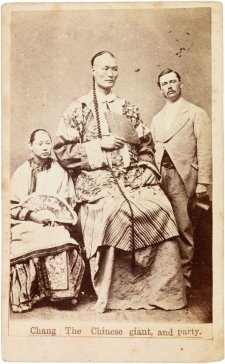
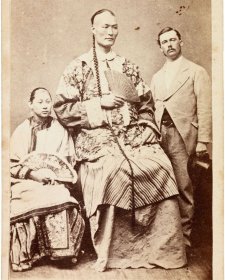
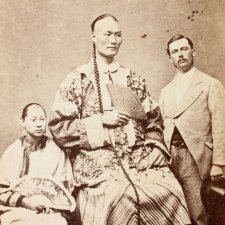
Karen Vickery on Chang the Chinese giant in Australia.
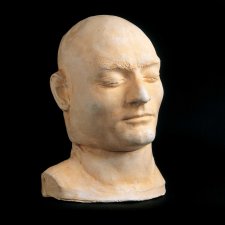
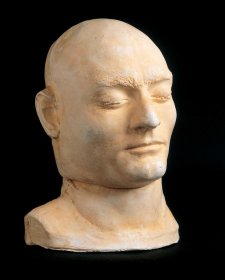
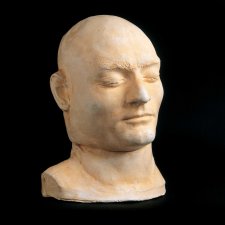
Death masks, post-mortem drawings and other spooky and disquieting portraits... Come and see how portraits of infamous Australians were used in the 19th century.